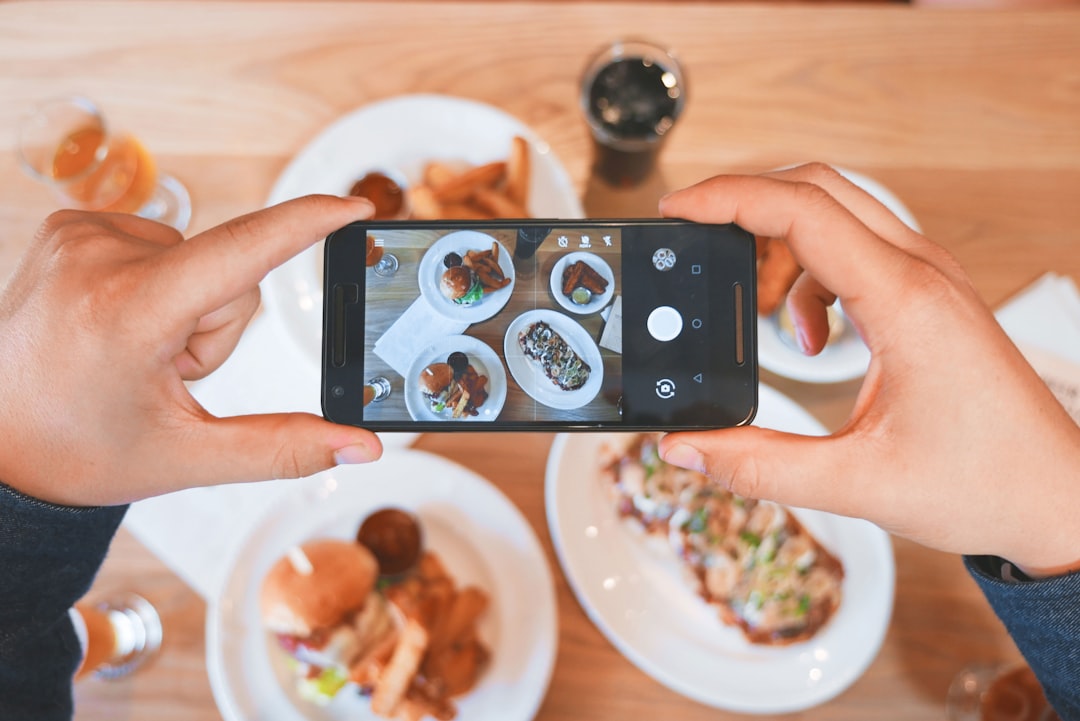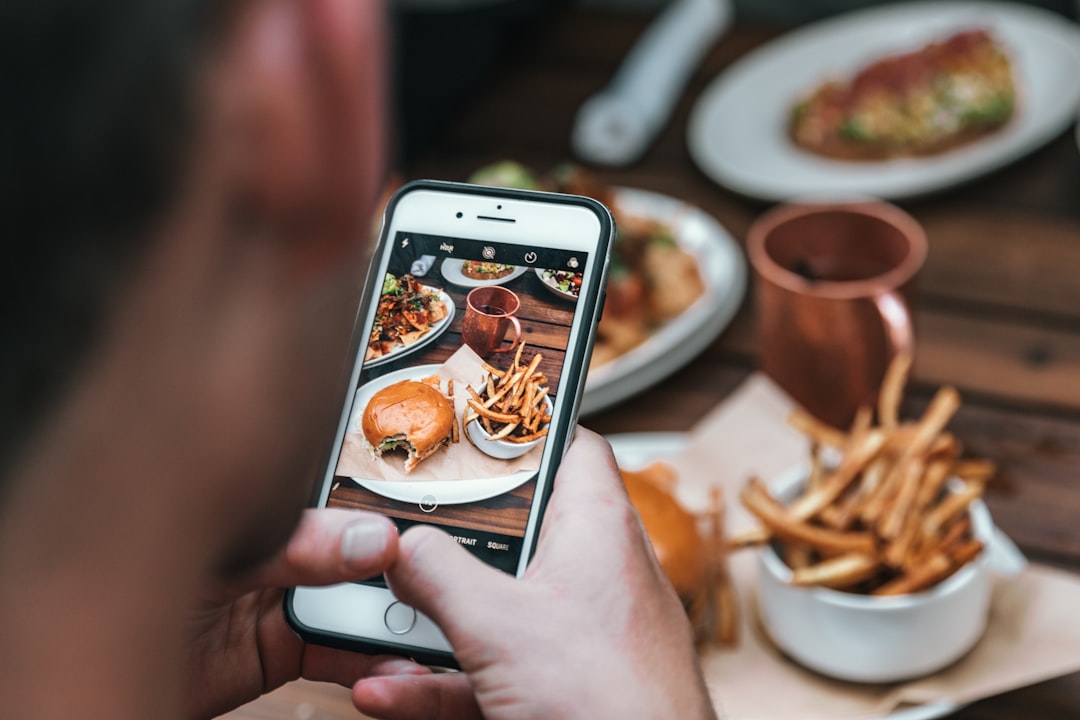Restaurant owners know the challenge: you're competing for attention in a crowded market where everyone claims to have the "best" food in town. How do you stand out? Content marketing offers a cost-effective way to showcase what makes your restaurant special, connect with customers, and drive more business through your doors.
Why content marketing matters for restaurants
Unlike traditional advertising, content marketing helps you:
- Build genuine connections with customers through storytelling
- Showcase your restaurant's unique personality and offerings
- Establish your brand as a local food authority
- Drive engagement across multiple platforms
- Attract new customers while keeping existing ones coming back
As BackOfHouse.io notes, effective content marketing allows restaurants to differentiate themselves by building brand identity and engaging audiences through authentic storytelling. It's not just about promoting your menu—it's about creating an emotional connection that turns first-time visitors into loyal regulars.
Visual content: your most powerful tool
In the restaurant business, people eat with their eyes first. A single mouthwatering image can do more for your business than paragraphs of text.
High-quality food photography
Invest in professional food photography or learn to take appetizing photos yourself. These images become your workhorses across:
- Your website and menu
- Social media posts
- Review sites
- Email marketing
Pro tip: Capture your dishes in natural light with minimal props to let the food be the star. Think of each photo as a silent salesperson, working 24/7 to convince hungry browsers to make a reservation.

Video content that engages
Short-form videos perform exceptionally well for restaurants:
- Kitchen tours showing chefs in action
- Quick recipe demonstrations of signature dishes
- Behind-the-scenes food prep
- Staff introductions that showcase your team's personality
According to YodelPop's research, Instagram Reels and TikTok videos are particularly effective for restaurants looking to reach new audiences. Videos under 30 seconds often generate the highest engagement, perfect for showcasing that perfect cheese pull or dramatic flambé.
Storytelling strategies that build connection
Every restaurant has stories worth sharing. Consider these content ideas:
Menu-driven content
- Share the origin stories behind signature dishes ("Our tiramisu recipe came from our chef's grandmother in Naples")
- Highlight local suppliers and ingredient sourcing ("Meet the farm that grows our heirloom tomatoes")
- Explain cooking techniques that make your food special ("Why we age our steaks for exactly 28 days")
- Provide simplified versions of popular recipes
People-focused content
- Chef interviews and profiles that reveal their passion and inspiration
- Customer testimonials and experiences that showcase authentic dining moments
- Staff spotlights showing the faces behind your service ("Meet Maria, who's been crafting our pastries for 15 years")
- Community involvement and local partnerships that demonstrate your values
When you share these stories, you're not just selling food—you're inviting customers into your restaurant's unique world, creating connections that transcend the transactional relationship.
Local SEO: helping hungry customers find you
Content marketing and local SEO work hand-in-hand to improve your visibility:
- Optimize your Google Business Profile with accurate information, regular posts, and prompt responses to reviews
- Target local keywords like "best Italian restaurant in [City]" in your content
- Create location-specific content about local events, partnerships, or neighborhood guides
- Encourage and respond to reviews across platforms
As Fishbowl explains, restaurants that optimize for local search terms significantly increase their chances of being discovered by nearby diners searching for their next meal. Think about it: when someone searches "best pizza near me," you want your restaurant at the top of those results.
Social media strategies that drive engagement
Different platforms require different approaches:
Instagram
- Showcase beautiful food photography that makes followers stop scrolling
- Use Stories for time-sensitive promotions and behind-the-scenes glimpses
- Create Reels demonstrating quick recipes or plating techniques
- Highlight customer photos through reposts, creating a community of advocates
Facebook
- Share longer-form content like event announcements and community partnerships
- Create and promote events such as special tasting menus or themed dinners
- Build community through groups or regular Q&A sessions with your chef
- Target local customers with paid promotions based on location and interests
TikTok
- Show personality through behind-the-scenes content that feels authentic and unpolished
- Demonstrate cooking techniques or recipe hacks that viewers can try at home
- Participate in trending challenges with a food twist
- Highlight your restaurant's unique atmosphere or signature dishes in creative ways
Remember that social media success isn't just about posting content—it's about creating conversations. Respond promptly to comments, ask questions, and engage with your followers as if they were sitting at your bar.

Email marketing: direct connection to customers
Email remains one of the most effective marketing channels:
- Send personalized birthday or anniversary offers that make customers feel special
- Announce new menu items or seasonal specials with vivid descriptions
- Share exclusive content like chef interviews or recipes not available elsewhere
- Provide early access to events or promotions, creating a VIP feeling
According to Incentivio's research, email marketing allows restaurants to maintain engagement with customers between visits. A well-crafted email can make the difference between a customer choosing your restaurant or a competitor's on their next night out.
Content calendar ideas for restaurants
Create consistency with recurring themes:
- Meatless Monday: Highlight vegetarian options with enticing visuals
- Taco Tuesday: Feature special tacos or Mexican-inspired dishes that rotate weekly
- Wine Wednesday: Showcase wine pairings or special pricing with tasting notes
- Throwback Thursday: Share restaurant history or classic dishes that showcase your heritage
- Foodie Friday: Feature your most photogenic dishes with customer testimonials
- Weekend Specials: Promote limited-time offerings that create FOMO (fear of missing out)
These recurring themes not only make content planning easier but also create anticipated rituals that customers look forward to. When customers know you offer a special wine pairing every Wednesday, they're more likely to make midweek reservations.
Measuring content marketing success
Track these metrics to gauge effectiveness:
- Website traffic and time on page
- Social media engagement (likes, comments, shares)
- Email open and click-through rates
- Coupon redemptions or offer code usage
- Reservation or order increases following specific campaigns
- Customer feedback mentioning your content
Don't just collect data—use it to refine your approach. If your Instagram Reels consistently outperform your static posts, shift more resources toward video content. If email promotions for desserts drive more traffic than drink specials, adjust your strategy accordingly.
How to implement content marketing with limited resources
You don't need a massive marketing team:
- Start small: Focus on one platform where your customers are most active
- Create templates: Develop reusable formats for recurring content like "Meet the Chef Monday" or "Featured Dish Friday"
- Batch content creation: Set aside specific times to create multiple pieces at once (take all your food photos during one slow afternoon)
- Repurpose content: Turn one piece of content into multiple formats (a chef interview can become a blog post, social media clips, and an email feature)
- Involve your team: Encourage staff to contribute ideas and content based on customer interactions
- Use scheduling tools: Plan and schedule content in advance during slower periods
Even busy restaurant owners can implement effective content marketing by starting with just 1-2 hours per week dedicated to creating and scheduling content.
Bringing it all together with an integrated platform
Managing multiple marketing channels while running a restaurant can be overwhelming. This is where an integrated restaurant management platform becomes invaluable. With Spindl's all-in-one system, you can seamlessly connect your marketing efforts with your operational systems, ensuring consistent messaging across all customer touchpoints while saving time and reducing staff stress.
By implementing these content marketing strategies and leveraging the right technology, your restaurant can build a stronger online presence, connect more deeply with customers, and ultimately drive more business through your doors. The most successful restaurants don't just serve great food—they tell compelling stories that keep customers coming back for the next chapter.


